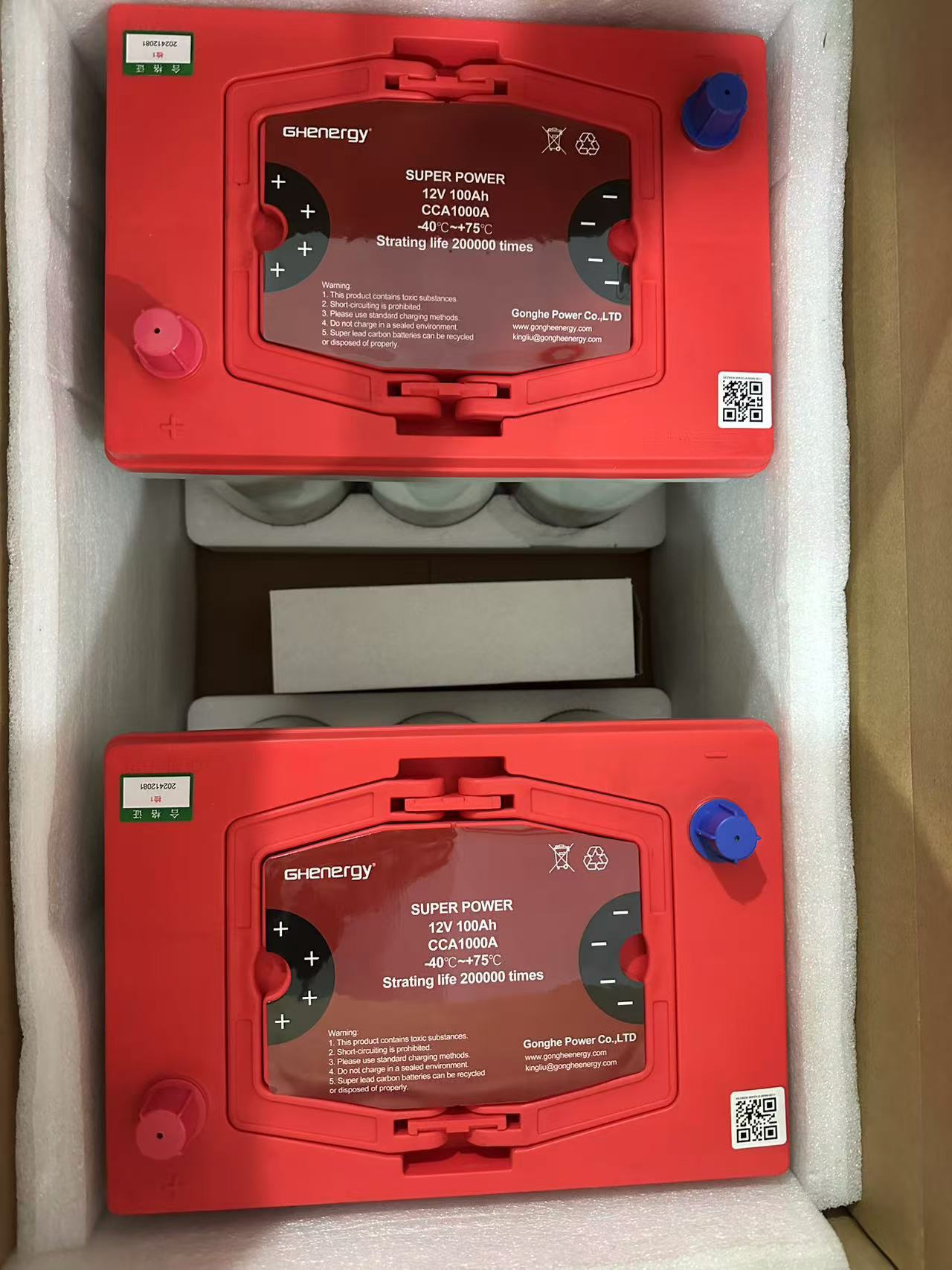Wedoany.com Report-Nov 9, Global gas liquefaction capacity is expected to grow to about 700 million mt/year by 2030 to meet increased demand for the fuel as some countries such as India raise their reliance on LNG to meet their energy needs and advance their net zero ambitions, Petronet LNG Limited Managing Director and CEO Akshay Kumar Singh said.
According to the International Gas Union's 2024 World LNG Report, global liquefaction capacity at the end of February stood at about 483.1 million mt/year.
Affordability is a major factor when it comes to increasing India's natural gas consumption, Singh said at the ADIPEC 2024 event in Abu Dhabi, UAE Nov. 6.
"Nobody expects that LNG will be cheaper than coal or renewables or for that matter [some] other [options] but at least [it is expected to be cheaper than] liquid fuels," Singh said, sharing that in India over 80% of liquid fuels is being imported.
"We are heavily dependent on crude oil imports and the major chunk of liquid fuels can be replaced with natural gas in the form of LNG," Singh said, adding that LNG is expected to become cost competitive with liquid fuels.
The cost of production of gas does not vary that much and reserves are plentiful, but the market volatility sometimes makes it unaffordable, and a concern for many consumers who want to avoid uncertainty, he said.
"We have seen that in the past, even around four years back, when prices were low, we [Indian buyers] were importing almost 26 million mt/year of LNG but during the COVID-19 period, it [demand] declined and came down to [about] 20 million mt/year," Singh said.
"There were consumers, but they switched over to alternate fuels, which was cheaper, and that alternate fuel was the liquid fuel," he said.
He added LNG is among the cleanest burning of all fossil fuels and helps trim greenhouse gas emissions. So, its use is vital for India's ambitions to achieve net zero by 2070.
"Our assessment is that natural gas is going to stay [important] for at least the next 3-4 decades [for India]," Singh said.
India has allocated billions of dollars to strengthen gas infrastructure. This includes laying gas pipelines, bolstering connectivity and constructing LNG import terminals to consume natural gas, when it is affordable.
Platts, part of S&P Global Commodity Insights, assessed the December JKM at $12.928/MMBtu, down 38.1 cents/MMBtu on the day on Nov. 6.
India has traditionally relied on long term LNG contracts, and efforts are being made in this direction and also look for opportunities to maximize utilization of natural gas whenever prices are optimal, Singh said.
"Prices are so volatile, but we should not miss the bus when it [an opportunity] is available," he added.
Meanwhile, India set a target to have renewables of 500 GW by 2030 and it has already achieved about 200 GW currently, he said.
The country is also expediting other measures to achieve its decarbonization goals including increasing forest and tree cover, as well as making use of only that energy, which is essential, and to minimize such wastage.
At COP 28, India had pledged to cut its emissions intensity by 45% by 2030 from 2005 levels.
India is on the path of achieving its goal of cutting emissions intensity of its GDP, Singh added.

















